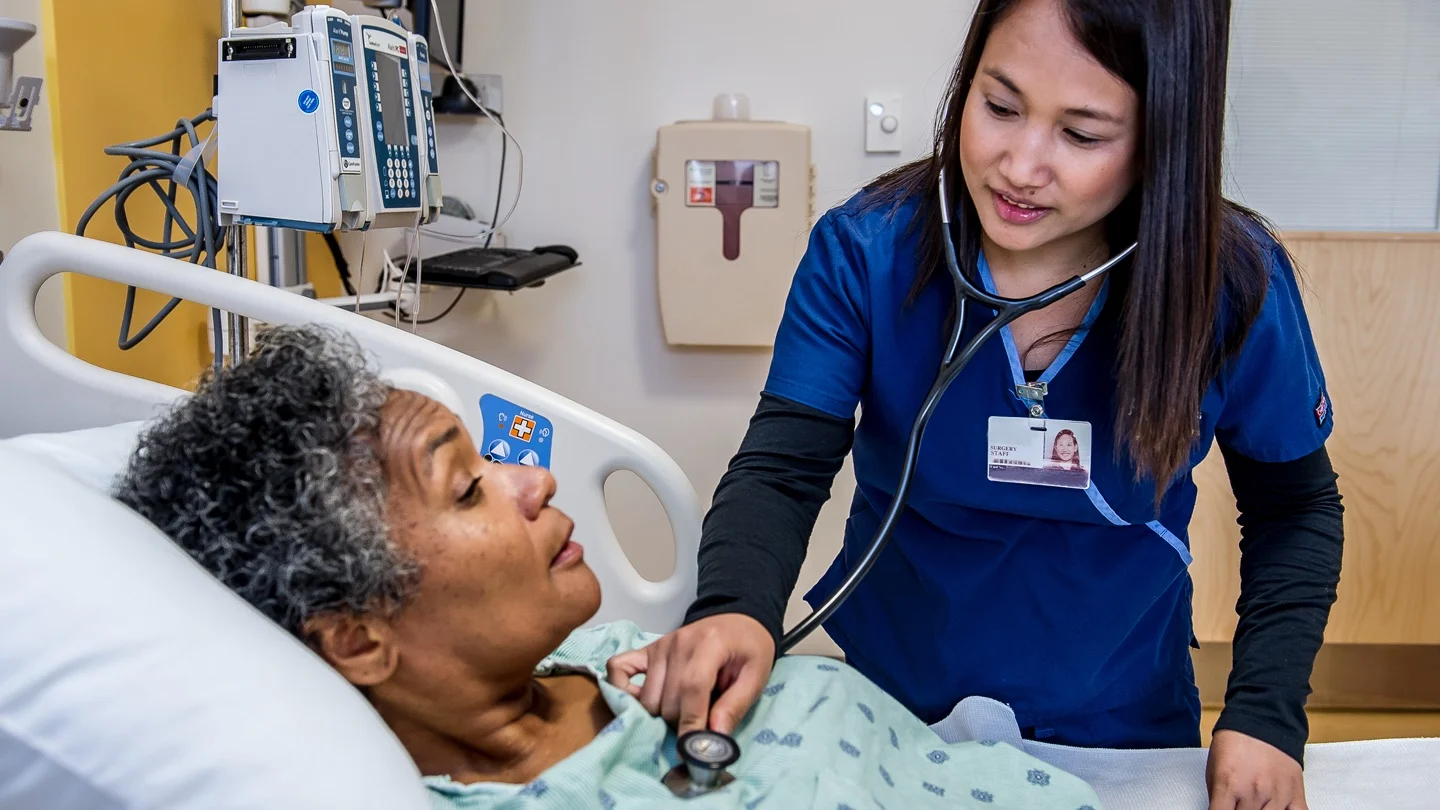Today is our topic of discussion Special Bandages.
Special Bandages

SPECIAL BANDAGES
Eye bandage (monocular): Bandage of 1.5-2 width is required. Place the free end of bandage at temporal region on the same side of eye to be bandaged. A piece of tape is passed under bandage on side of food eye and tied so as to prevent bandage from sliding over good eye.
Bioccular bandage: Figure-of-eight technique is used. Start from right temporal region take one turn. Around head, down over the left eye, under right ear over right eye to right to left temple. Repeat around heal to right temple following previous pattern until both eyes are covered.
Far-mastoid bandage: Bandage with 2 feet width and 5 yards length is required make circular turns around head above ears, beginning on affected side. Follow with circular turns. The first turn is taken beneath occiput and carried high over to opposite side of head below ear.

Jaw Barton bandage: Used in fracture of lower jaw and to hold dressing on chin. Bandage of 2 inches width and 5-6 yards length is required. Begin at nape of neck below occiput, carry bandage obliquely up, behind and close to ear, then under chin and up in front of left ear to top of head
Cape line bandage (head bandage): A double roller bandage of 2 feet width and 8 yards length is required Place center of bandage in middle of forehead and carry roller in opposite direction to occipital. Cross rollers one over other. The roller in inferior position in brought over head to middle of forehead.

Shoulder spica: A bandage of 2 ½ inches width and 8 yards is required. The spica may be either descending or ascending. The ascending type is most commonly used. While applying bandage, stand at side which is to be bandage. A pad must be placed in axilla.
Read more:
